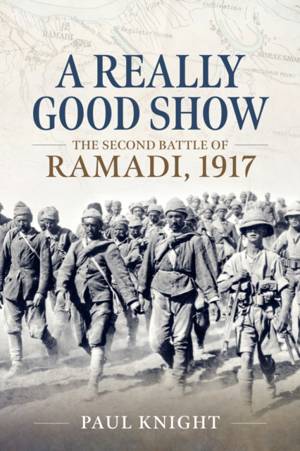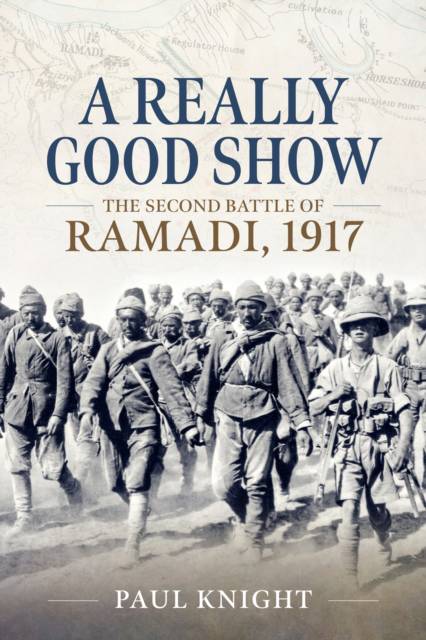
- Afhalen na 1 uur in een winkel met voorraad
- Gratis thuislevering in België vanaf € 30
- Ruim aanbod met 7 miljoen producten
- Afhalen na 1 uur in een winkel met voorraad
- Gratis thuislevering in België vanaf € 30
- Ruim aanbod met 7 miljoen producten
Zoeken
€ 62,95
+ 125 punten
Omschrijving
How did an Anglo-Indian division, fighting its first battle, in an obscure sideshow, facing the worst environmental conditions, fight and win what is possibly the most perfectly fought battle of the First World War?
Histories of the Mesopotamia (Iraq) Campaign are overshadowed by the disaster that was the Siege of Kut. However, the battles fought before and after the Siege of Kut showed that British commanders understood the nature of conflict and had the correct tactical approach to battle. Unfortunately, the extreme environmental conditions experienced prevented the decisive blow being delivered against the enemy, resulting in further battles and further casualties.
15th (Indian) Division was a wartime raised division. It consisted of newly raised Indian battalions and British Territorial units originally sent to India to replace Regulars for service in Europe or Gallipoli.
They were supported by 6th Cavalry Brigade, another Anglo-Indian formation, Rolls-Royce armoured cars, water-carrying lorries and aviation. All the technology of 1917 came together to deliver a very modern, manoeuvrist battle.
The tactics employed used a fixing force to distract the enemy while another force conducted a flanking attack. Simultaneously, cavalry, and later armoured cars, conducted a deeper flanking move to cut off the enemy's retreat. This often required a deep move through waterless desert to the blocking position which usually had the road and river in close proximity.
Histories of the Mesopotamia (Iraq) Campaign are overshadowed by the disaster that was the Siege of Kut. However, the battles fought before and after the Siege of Kut showed that British commanders understood the nature of conflict and had the correct tactical approach to battle. Unfortunately, the extreme environmental conditions experienced prevented the decisive blow being delivered against the enemy, resulting in further battles and further casualties.
15th (Indian) Division was a wartime raised division. It consisted of newly raised Indian battalions and British Territorial units originally sent to India to replace Regulars for service in Europe or Gallipoli.
They were supported by 6th Cavalry Brigade, another Anglo-Indian formation, Rolls-Royce armoured cars, water-carrying lorries and aviation. All the technology of 1917 came together to deliver a very modern, manoeuvrist battle.
The tactics employed used a fixing force to distract the enemy while another force conducted a flanking attack. Simultaneously, cavalry, and later armoured cars, conducted a deeper flanking move to cut off the enemy's retreat. This often required a deep move through waterless desert to the blocking position which usually had the road and river in close proximity.
Specificaties
Betrokkenen
- Auteur(s):
- Uitgeverij:
Inhoud
- Aantal bladzijden:
- 190
- Taal:
- Engels
Eigenschappen
- Productcode (EAN):
- 9781804519165
- Verschijningsdatum:
- 15/01/2026
- Uitvoering:
- Paperback
- Formaat:
- Trade paperback (VS)
- Afmetingen:
- 155 mm x 234 mm

Alleen bij Standaard Boekhandel
+ 125 punten op je klantenkaart van Standaard Boekhandel
Beoordelingen
We publiceren alleen reviews die voldoen aan de voorwaarden voor reviews. Bekijk onze voorwaarden voor reviews.











